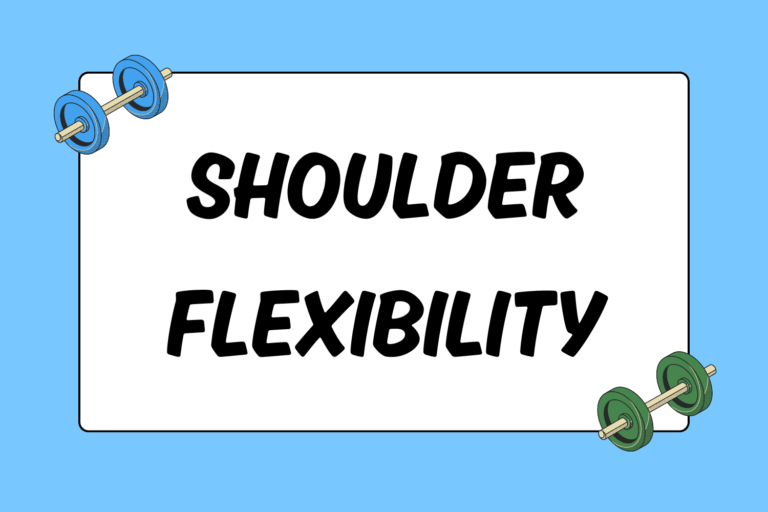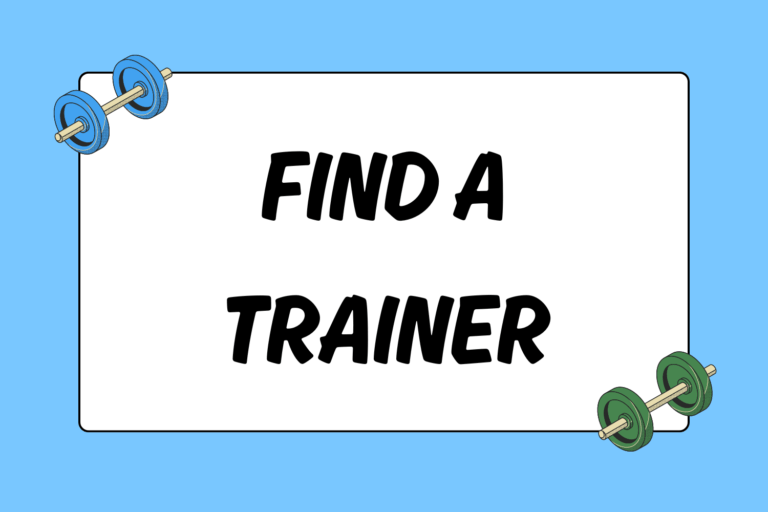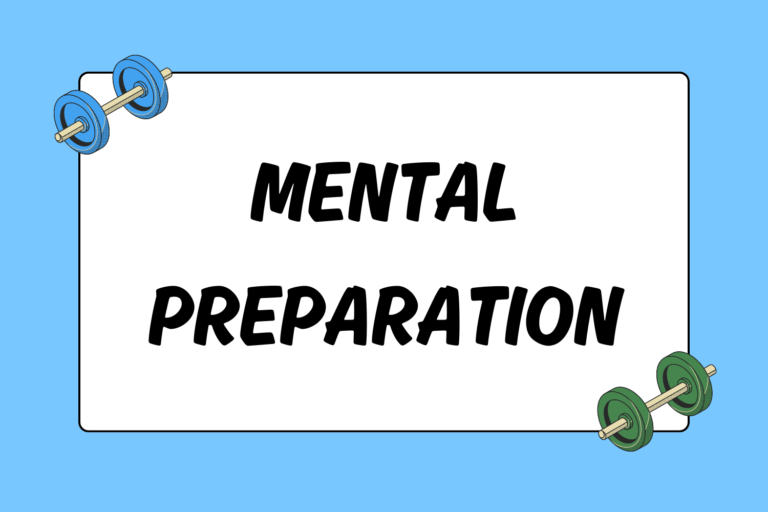A well-designed workout should include three components: a warm-up, the actual workout, and the cool-down. It may be tempting to jump right into your workout or practice, but your performance will suffer and your risk of getting injured is increased. The warm-up prepares both your body and mind for the workout ahead. Use this guide to better understand the benefits of warming up and what to include in your routine.
Why Warm Up
Utilizing proper warm-up techniques sets the tone for the entire workout. The warm-up is the first step toward increasing your performance during the workout and yielding better results overall. Named appropriately for its role in ‘warming up’ the muscles of the body, the warm-up prepares you for your workout by:
- Increasing the core temperature of the body.
- Increasing circulation and heart rate.
- Increasing joint motion and range of motion around the joint.
- Stimulating the central nervous system.
- Increasing mental focus.
The warm-up, like the workout itself, needs to be specific to your activity and fitness level to be effective. The objective is to promote mobility and flexibility by activating the muscle groups used during the workout. Additionally, it may be necessary to include exercises that address any limiting factors affecting your ability to move or perform your best. Examples of limiting factors would include any postural issues, tight muscles, or previous or chronic injuries.
The length of the warm-up can vary — ultimately you know how much time you need to properly prepare — but 5 to 20 minutes should generally suffice. The amount of time you devote to both the warm-up and workout will be largely influenced by your overall goal and fitness level. Remember, you can’t increase performance, fix imbalances, or achieve any goal in one session — these things take time and you should be addressed through a periodized program design.
Hot Tip: Follow the Recipe
Eliminating or skipping a warm-up affects your results the same way missing a main ingredient in a recipe would affect that dish. You may get something that resembles the recipe, but ultimately the dish won’t be a successful one.
Getting Started
Our muscles are designed to work in an integrated fashion, using multiple joints moving through multiple planes of motion. With the objective of promoting mobility, choose exercises that take joints through full range of motion and incorporate movements similar (that is, using same muscle groups) to the ones required for the workout. A good rep-range for the warm-up would be anywhere from 10 to 20 reps for 1 to 2 sets. Here are some exercises to get you started:
Jumping Jacks
Jumping Jacks are a great way to loosen up your hips and dynamically stretch the lats, shoulder and hips.
- Focus on reaching your arms high over head and jumping softly on the balls of your feet.
- Stand tall with feet together and arms at your sides.
- Simultaneously raise your arms overhead while jumping, and spread your feet about shoulder-width apart.
- Return your arms to your sides as you jump your feet back together.
- Repeat.
Variations:
- Use seal jacks to dynamically stretch the chest by reaching your arms to your sides instead of overhead.
- Cross – over jacks promote coordination while stretching the lateral aspects of the shoulder and hip. This variation and the seal jack are great alternatives for anyone who has trouble with overhead movements.
Squat
The squat is one of the primary movement patterns seen in sports and throughout many workout programs. This exercise is great for promoting range of motion through the ankle, knee, and hip, while maintaining core stability.
- Stand tall with your feet approximately shoulder-width apart.
- Make sure your feet are straight or turned slightly outward. During both the downward and upward phase of the movement, think about keeping the weight more in your heels, but keep your whole foot in contact with the ground. Additionally, pay attention that the ankles and knees aren’t caving in.
- Keeping your chest lifted (in relation to your chin), and begin the movement by pushing your hips back as if you were sitting back into a chair. Pretend you have a resistance band around your legs above your knees and push against this imaginary band during both the downward and upward phase of the movement.
- The objective is to get your thighs at least parallel to the ground, while keeping your chest lifted, back straight, and weight in the heels.
- Pause at the bottom and then push through the heels to return to the standing position.
- Repeat.
Progressions:
- Use the “prisoner” squat variation to focus on opening up the chest and core stability. The movement is the same, but you will lace your fingers behind your head, keeping your elbows out of your peripheral vision as you perform the squat.
- Make the squat more dynamic by traveling laterally while maintaining the squat position. Initiate movement by reaching one leg out to the side and then stepping toward that leg. Take 10 steps one direction and then return in the other direction.
Multi-planar Lunge
The lunge, in general, is great for hip mobility. Performing this movement in different planes gets the butt and thighs moving the hip throughout its functional range of motion.
- Stand tall with your feet hip-distance apart. Remember that no matter which direction you lunge, you always want to initiate the upward motion through the heel of your foot and keep your chest lifted in relation to your chin.
- Begin by stepping forward with your right foot (far enough that your back heel should release from the ground). Keeping your shoulders above your hips, bend both legs so the ankle, knee, and hip have created a 90-degree angle. The back knee should be directly underneath the hip as you lunge.
- Pushing through your front heel, return to starting position.
- Next, step out to your right, bending your right knee only and pushing your hips back. Make sure you do not turn your shoulders, but keep them square over your hips and keep your left leg straight (you should feel a stretch in your inner thigh) .
- Push through the right heel and return to start.
- Finally, step backward with your right leg and drop the right knee beneath the hip. Resist the temptation to lean back by keeping your core muscles tight.
- Push through the left heel to return to the start.
- Alternate legs. This movement can be done in multiples, if you prefer, instead of performing only one rep per direction at a time.
Progressions:
- Use the “prisoner” arm position or insert an overhead reach as you lunge in each direction. Adding an overhead reach is a great way to increase the stretch through the hip flexor as well as the chest and lats.
- Instead of resetting the lunging foot each time, transition directly into the next lunge. This will increase the amount of stability needed to perform the exercise.
Inch-Worm
The inch – worm is a total body movement that integrates hamstring flexibility with core and shoulder stability.

- Stand with your feet hip-distance apart, and reach forward for the ground with both hands.
- Walk your hands out until your body is the same position as it would be if you were to do a push-up (body is straight and your shoulders are over your wrists) .
- Begin to walk your feet in toward your hands by lifting your hips up into the air and heel-toeing your feet. If your hamstrings are tight you may not be able to walk all the way in. Focus on using the largest range of motion you are able to while keeping your legs straight. Once you have walked your feet in as far as you can, walk your hands back out again.
- Repeat the cycle of walking hands first, and then following when your feet.
Progressions:
- Add movements into the sequence of the inch worm. Examples would include: a push-up, T push-up, or dive into an upward-facing dog and then back into downward-facing dog before walking your feet in.
- Challenge your core by walking your hands out as far as you can or lift one leg up as you are walking with your hands.
Standing YTWL
This series of movement focuses on proper scapular position in order to warm up the shoulders and upper back. By performing this series in a bent-over position you are further incorporating the core and legs.
- Assume a bent-over position by hinging at the waist but keeping your chest lifted and back flat. Your shoulders should be approximately 45 degrees above your hips. Make a thumbs-up position with your hands while your arms are at your sides.
The “Y”
- Pull your shoulder blades together and lift your arms up above your head in a “Y” pattern while maintaining your body position through the low back and hips.
- Return your arms to the start, release the shoulder blades, and then repeat the process for desired reps.The “T”
- Raise your arms to shoulder-level to form a “T.”
- Pull your shoulder blades down and pull your arms back, bringing your shoulder blades together.
- Return your arms to the start, release the shoulder blades, and then repeat process for desired reps.The “W”
- Bend at the elbows to form a “W” shape with the arms (hands, elbows, and shoulder joint) .
- Pull your shoulder blades down and back. Then pull your arms and reach your hands toward your back (focusing on externally rotating your shoulders) .
- Return your arms to the start, release the shoulder blades, and then repeat the process for desired reps.The “L”
- Start with your arms straight at your sides and pull your shoulder blades down and back.
- Pull your elbows back toward ceiling so they form a 90-degree angle, even as the shoulders form an “L” shape.
- Externally rotate at the shoulder joint, and bring your hands up toward your head.
- Return your arms to the start, release the shoulder blades, and then repeat the process for desired reps.
Ready to Go
This guide presents a sampling of some exercises that are appropriate for a warm-up. These aren’t the only exercises that could or would be effective, but it’s a helpful start. Remember to keep your overall goal in mind and use the following tips to select or research other exercises to include:
- What movements or muscles are used within the sport, workout, or activity?
- Do you have any pre-existing conditions or injuries that impair your ability to move properly?
- Do you have any tight muscles or joints that could potentially lead to faulty movement patterns?
Now, what are you waiting for? You can’t work out until you warm up!





